Affiliate links on Android Authority may earn us a commission. Learn more.
Google Pixel 6 and 6 Pro vs older Google phones: Should you upgrade?
Published onMay 15, 2022
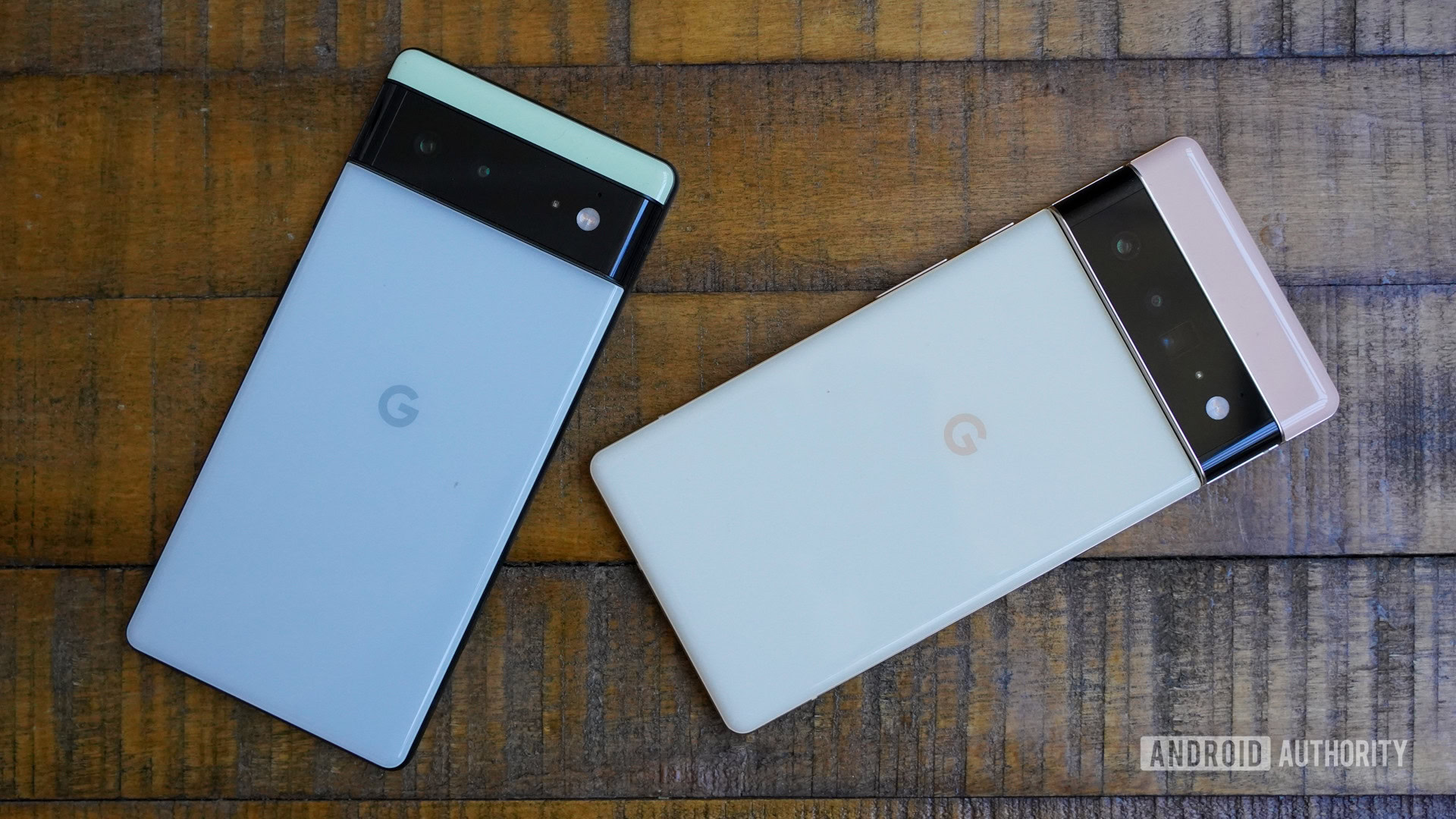
Google made the jump to flagship pricing with the first Pixel back in 2016. It’s been a roller coaster of pricing and features since. Its high-end phones kept getting more expensive over the next couple of years, forcing the company to introduce affordable alternatives with the “a” series. Google also changes its strategy last year with the Pixel 5, which was a premium mid-ranger more than a true flagship. However, Google is back in the high-end territory this year with the Pixel 6 series.
The Pixel 6 and Pixel 6 Pro brings key upgrades across the board. From the completely new design and camera setup to a new homebrewed Tensor processor and more RAM than we’ve ever seen on a Pixel, there’s plenty to get excited about.
But if you have an older Pixel device, is it time for an upgrade? We look at how the Pixel 6 and 6 Pro fare against several other Google phones that came before them!
Read more: Google Pixel 6 Pro review | Google Pixel 6 review
Google Pixel 6 vs Pixel 5a
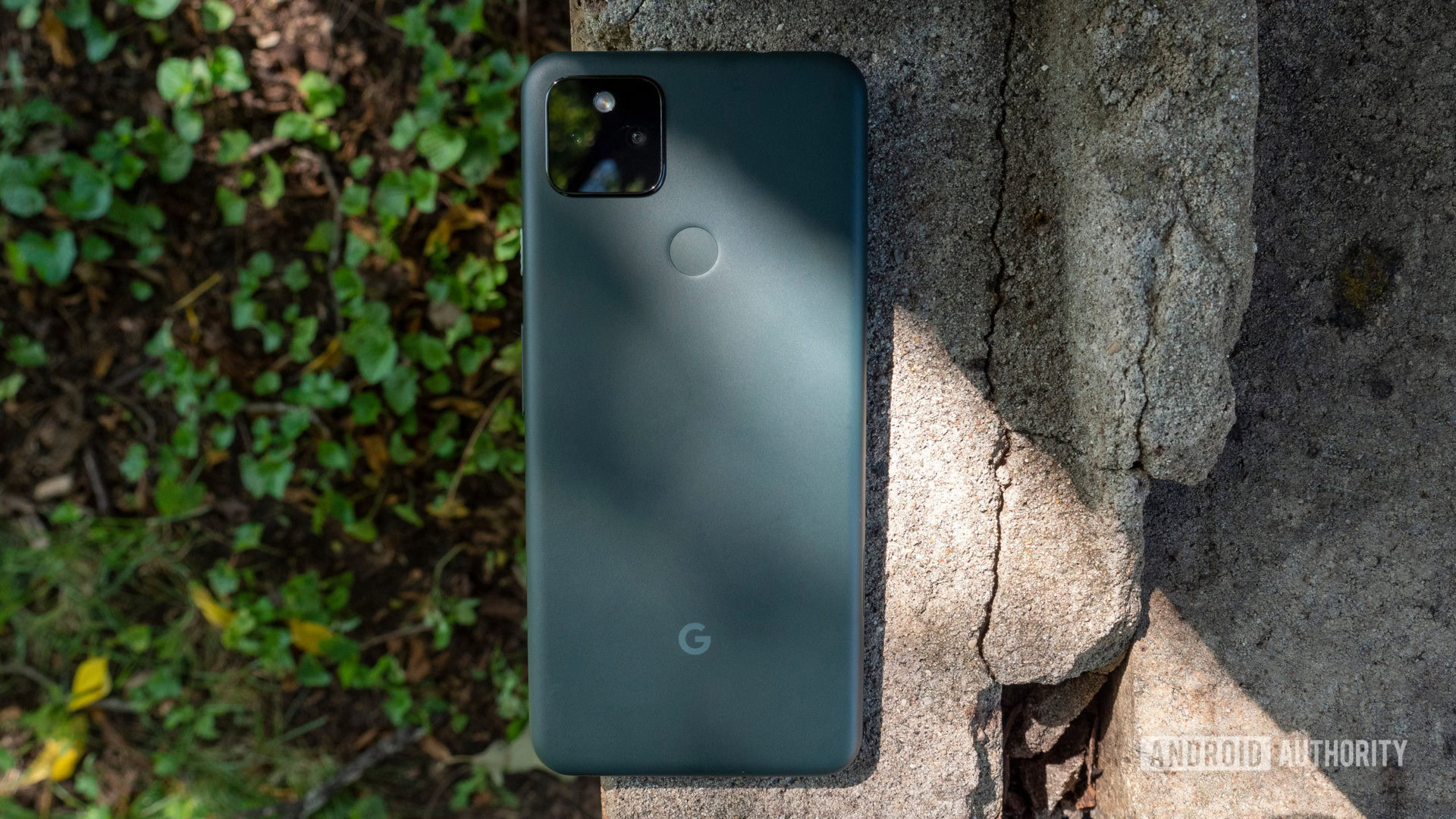
The Pixel 5a is quite similar to the Pixel 4a 5G and Pixel 5 and essentially replaces them. It has the same processing package as Google’s 2020 phones, looks the same, and features the same camera and software experiences. The Pixel 6 and 6 Pro are by far the better phones. The new Tensor chip offers better performance, and the phones come with higher display refresh rates (90Hz for the Pixel 6 and 120Hz for the Pixel 6 Pro), water resistance, more RAM, and wireless charging.
That said, if you have a Pixel 5a, you bought it in the last couple of months. So you likely aren’t looking for an upgrade anyway. If you were holding out to see what Google’s flagships would be like, the Pixel 6 is a good alternative. It’s $150 more but brings a lot more to the table. And if you want to go all out, the $899 Pixel 6 Pro is the way to go.
Google Pixel 6 vs Pixel 5
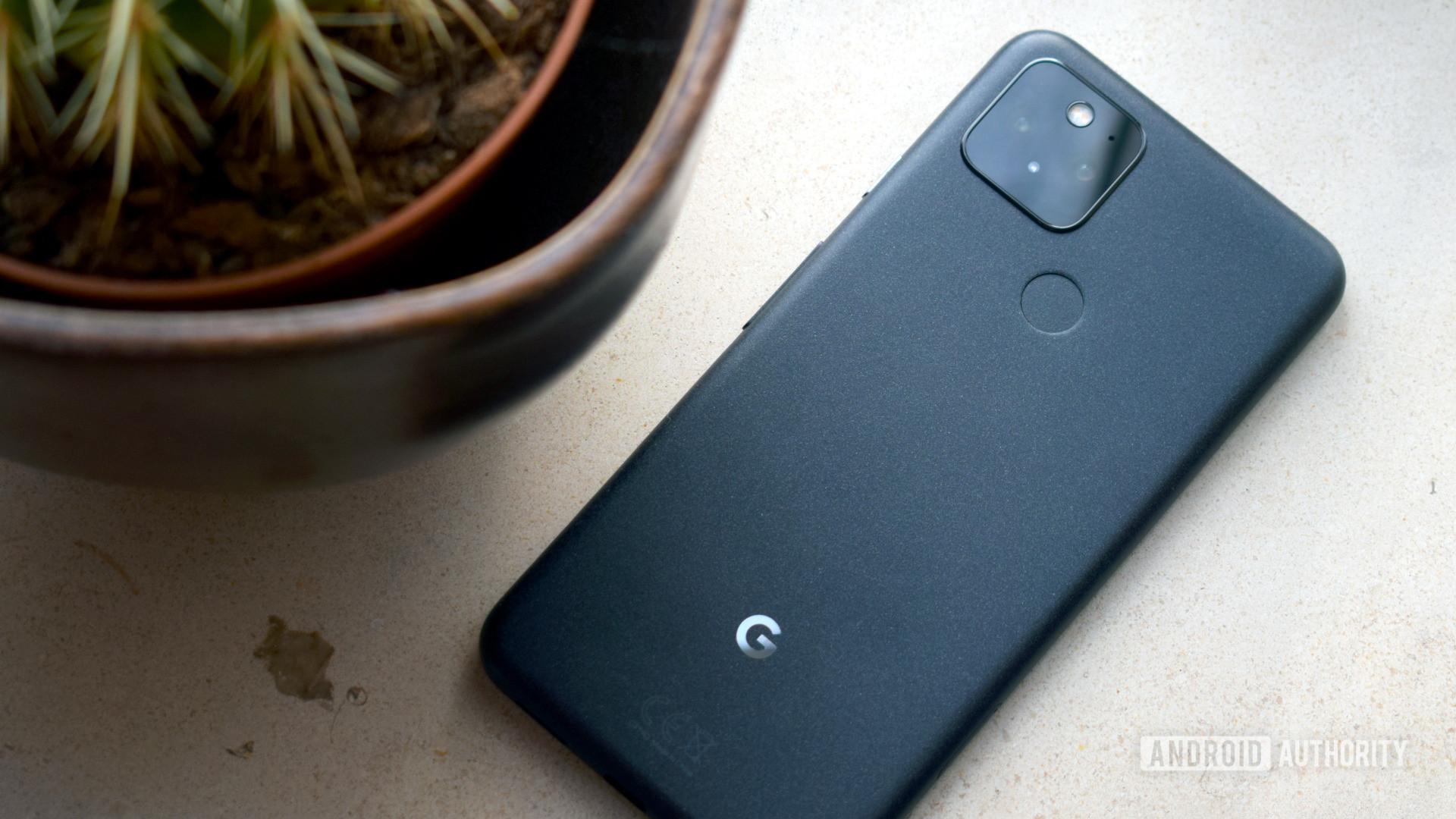
The Pixel 5 was another attempt at something different from Google. Instead of a true flagship, the Pixel 5 was a premium mid-ranger. It didn’t look different from the 4a series but featured a better build quality, a better display, and a better camera setup. Powered by the Snapdragon 765G and backed by 8GB of RAM, it didn’t lack power but fell short of other 2020 flagships.
See also: Google Pixel 6 vs Pixel 5
The Pixel 6 is $100 cheaper than the Pixel 5 at launch and has a few similarities like a 90Hz display refresh rate, wireless charging, and water resistance. It has plenty of advantages, though, like a completely overhauled design, a better processing package, and the cameras, at least on paper, are an improvement, making the price difference even more impressive. The Pixel 6 Pro brings even more to the table and is definitely a significant upgrade over the Pixel 5.
However, when it comes to whether you should upgrade, the Pixel 5 is a recent release, so it’s probably too soon. It’s worth it if you are considering one, though. For more on the Pixel 6 vs Pixel 5 conundrum be sure to check out our dedicated comparison at the link above.
Google Pixel 6 vs Pixel 4a series
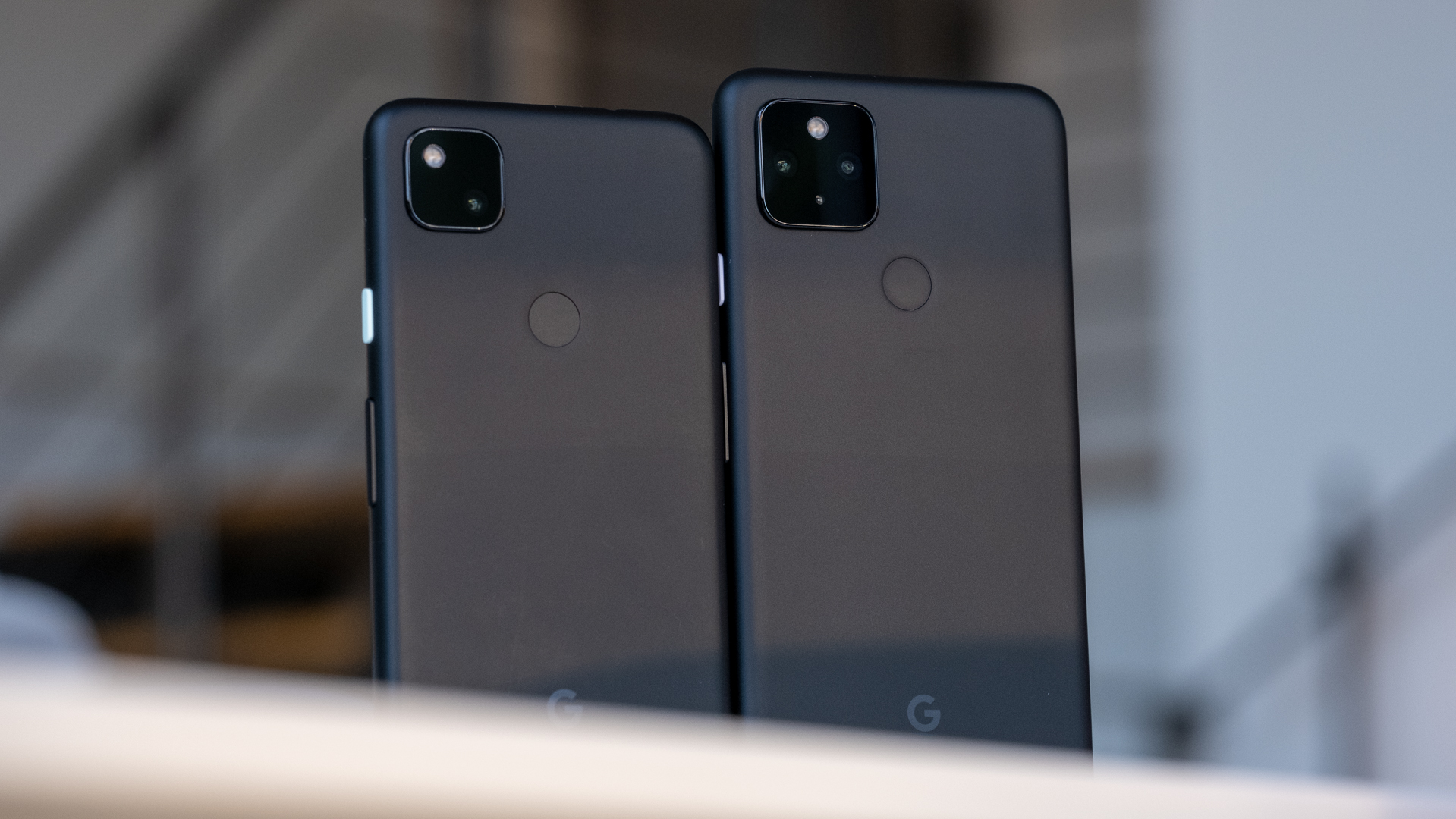
The Pixel 4a was another exciting addition to the line. It kept the core of the “a” series but introduced a new, modern look with its punch-hole display. Unlike its flagship counterparts, you still got a capacitive fingerprint scanner and a headphone jack. It featured one of the best camera phones you can get in its price range and the software made for a smooth experience. A surprising omission was 5G-support, but that was another way for Google to keep the price low.
The Pixel 6 series offers more, but the Pixel 4a phones are still capable enough for most people.
The Pixel 4a 5G followed and brought 5G support with it, as the name suggests. It also had a much larger screen, a faster processor, and a larger battery, but was otherwise similar to the smaller 4a in design and features.
The Pixel 6 and 6 Pro are flagship smartphones, so it’s no surprise that they are better than the 4a series. They come with plenty of useful extras like wireless charging, water resistance, better performance and cameras, more RAM, and an all-new design. But they are also more expensive, and you might not be looking to upgrade from a year-old phone if you’re still happy with what it offers.
Google Pixel 6 vs Pixel 4 series
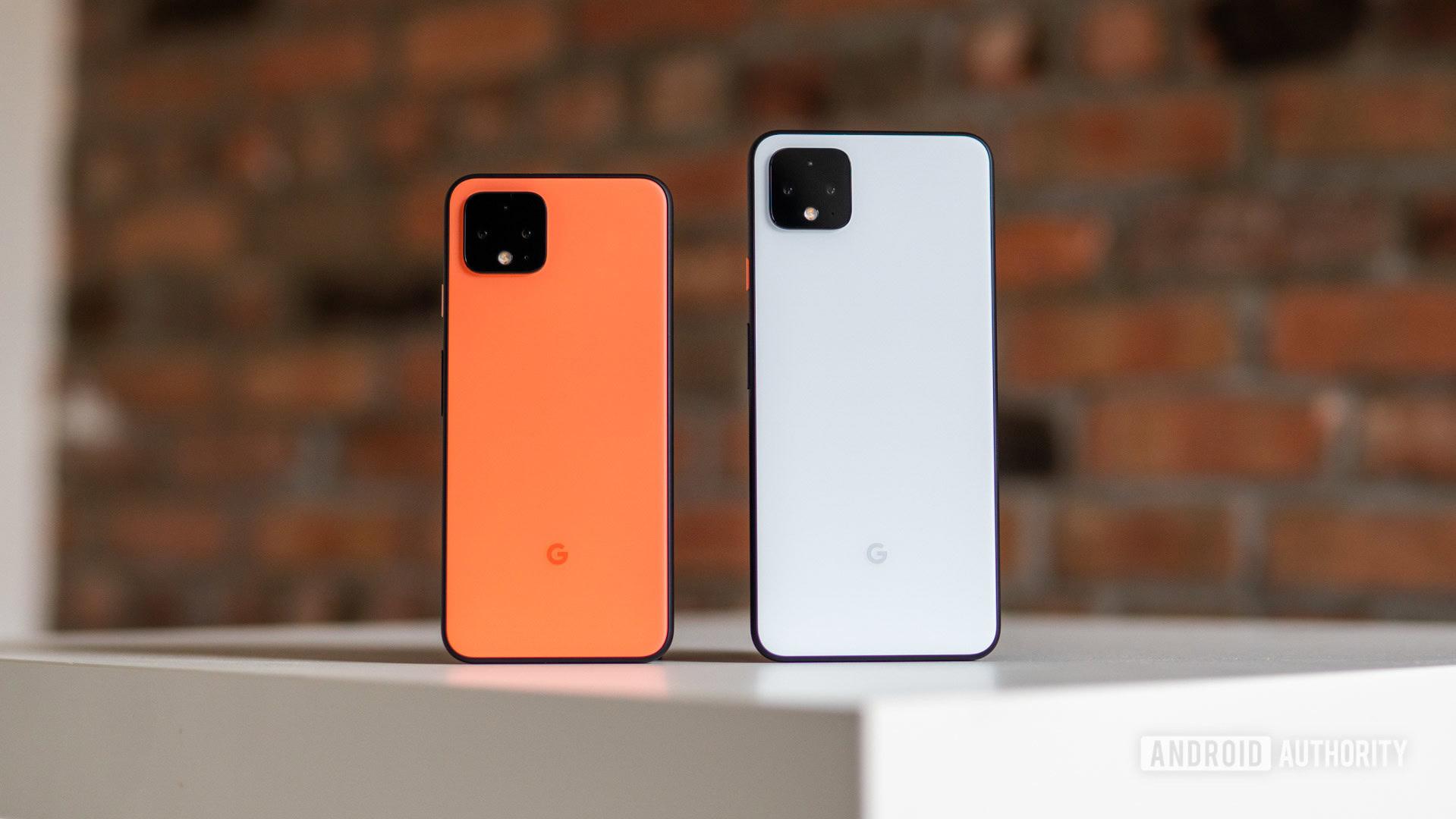
It’s a good thing Google launched its “a” series year because its 2019 flagships only got more expensive. Google also made a few interesting choices with the Pixel 4 and 4 XL, which were ultimately quite divisive. The unsightly notch was gone, but the return to a “forehead” felt out of place among the competition. It served a purpose, though, and housed Google’s Motion Sense and Soli radar system. The Pixel 4 and 4 XL were also the first to have dual-rear camera setups and displays with a 90Hz refresh rate.
Motion Sense and the Soli radar system were unique hardware additions that helped with Face Unlock. Google’s decision to get rid of a fingerprint scanner entirely was off-putting, though. But hey, Apple did it. The new features also hurt battery life, which was about average, to begin with. There were also plenty of issues with setting up and using the higher screen refresh rate, which further impacted battery life. Innovation and new features are always exciting, but the execution was unfortunately lacking.
Also read: Google Pixel 4 XL one year later — is it still worth buying?
The Pixel 4 and 4 XL have a lot of issues, particularly when it comes to battery life. Google didn’t launch true flagships in 2020, but if you were holding out for one, now is a great time to upgrade since quite a few people follow a two-year upgrade cycle. The Pixel 6 Pro, in particular, checks all the right boxes and is a fine return to form. A faster processor, more RAM, and better cameras are all highlights. And, it has a fingerprint scanner.
Google Pixel 6 vs Pixel 3a series
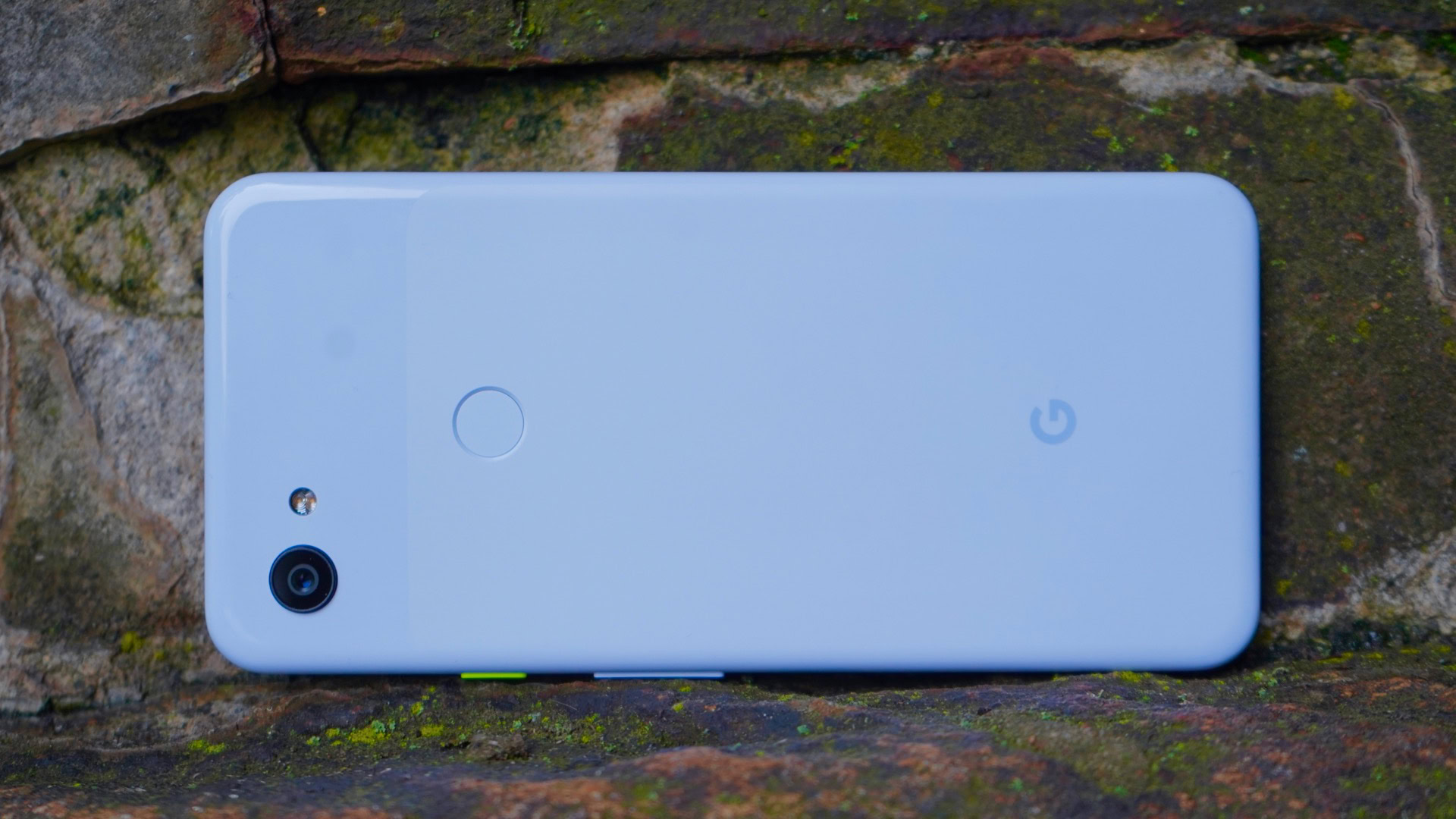
The Pixel 3a series was a response to the outrage surrounding the high price points of the Pixel 3 series. It was a necessary shift in Google’s strategy, and it was nice to have the option of a relatively affordable Google phone once again. This wasn’t the return of the Nexus days, though. The Pixel 3a and Pixel 3a XL were mid-rangers through and through, with plenty of compromises if you were hoping for flagship features.
But these weren’t flagship replacements by any means. A plastic build, the mid-range Snapdragon 670 processor, and no bells and whistles allowed Google to keep the price low. However, the phones kept the best feature of the Pixel 3 series — the excellent camera — and the software experience remained the same across the board.
The Pixel 3a series is a few years old, and mid-rangers tend to struggle sooner than high-end devices. The camera is good, and you will get Android 12. But these phones don’t hold a candle to the Pixel 6 series. The vanilla Pixel 6 has many advantages over the phones, from a higher refresh rate display to far better cameras. And, of course, the Pixel 6 Pro is a world apart.
Upgrading to the Pixel 6 from the Pixel 3a series is 100% worth it.
However, the Pixel 6 series goes back into flagship pricing territory as well. The standard Pixel 6, at $599, isn’t too much of a stretch from the $399 and $479 price tags of the 3a and 3a XL, but the Pixel 6 Pro doubles that. If you’re hoping to stick with a cheaper Pixel, the excellent Pixel 5a might be more your speed. But as far as the question of whether the Pixel 6 series is worth upgrading to from the Pixel 3a line? Absolutely!
Google Pixel 6 vs Pixel 3 series and older
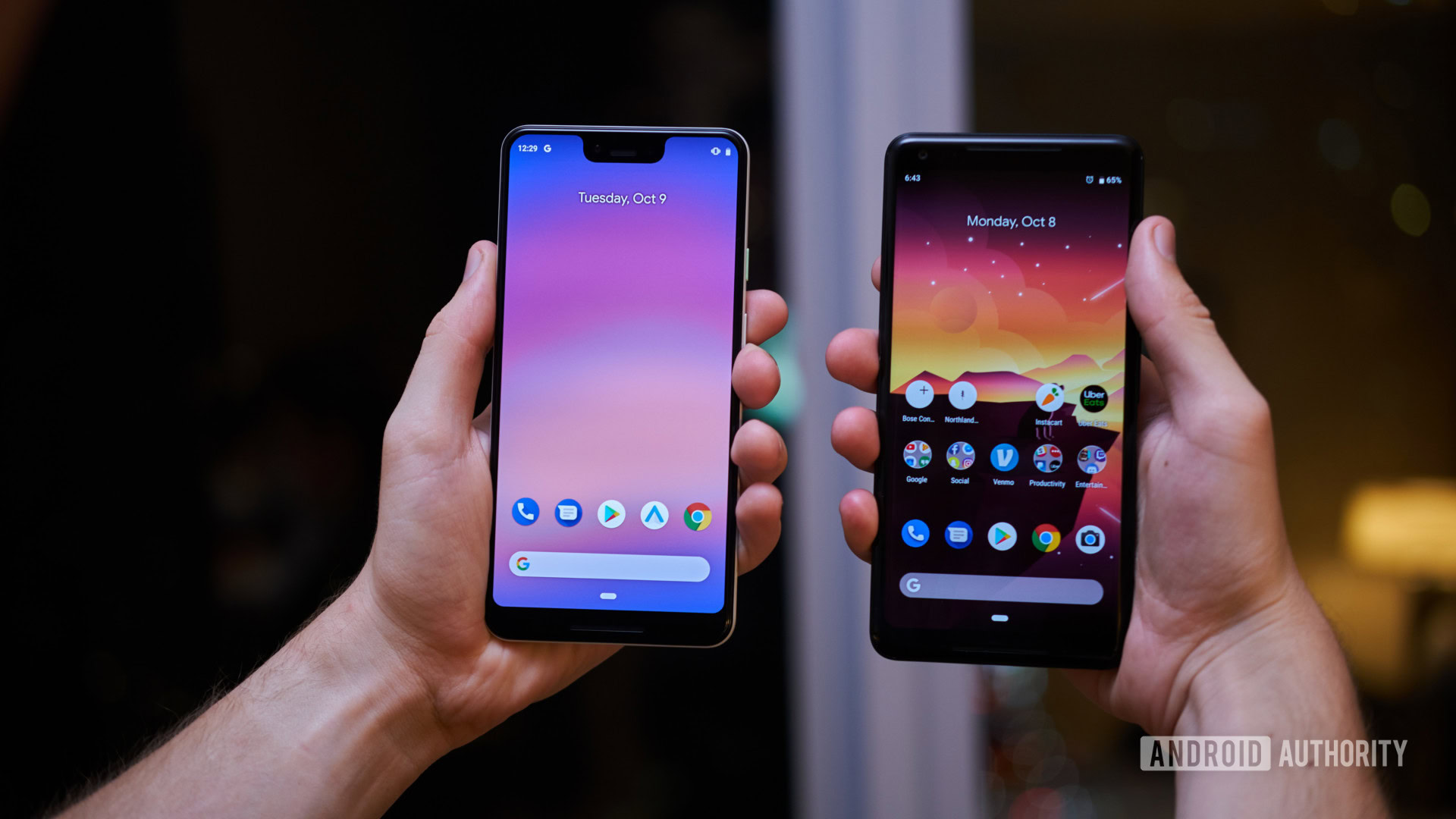
Here’s a fun fact for you. The Pixel 6 and 6 Pro start at lower prices than what the Pixel 3 series launched at. The Pixel 3 made a huge $150 jump from its predecessor to $799, while the Pixel 3 XL would touch the thousand dollar mark. Needless to say, the high price points of Google’s 2018 flagships were controversial.
Other flagships were priced similarly, so the Pixel 3 series pricing wasn’t too surprising, though. The Pixel 3 XL, in particular, brought with it a handful of firsts for the series. It had a (huge) notch, a more premium build quality, an IP rating for dust and water resistance, wireless charging, and a dual-camera setup for your selfie needs. It was much harder to justify the Pixel 3’s price, which missed most of these features. These weren’t bad phones by any stretch, just more expensive than they should have been.
See more: How has Google’s Pixel pricing changed over the years
As far as an upgrade is concerned, you could potentially hold off for another year if you have the Pixel 3 or 3 XL. The processing package is still capable, and the camera is really good. It will also get Android 12, but that’s the end of the road as far as major upgrades are concerned, so if you’re not upgrading now, you’ll want to jump ship for the Pixel 7!
That said, the two phones are showing their age, so if you’re looking for an upgrade, now is a great time to do so. The Pixel 6 and Pixel 6 Pro are better than their 2018 counterparts in every way. You’ll get better performance, more RAM and storage, 5G support, and a fresh, new design. And, remember, you won’t even be paying as much as you did for the Pixel 3 series back in the day.
And in case you own an even older Google phone like the Pixel 2 or the original Pixel, an upgrade is obviously a no-brainer.
Should you upgrade to the Google Pixel 6 series?
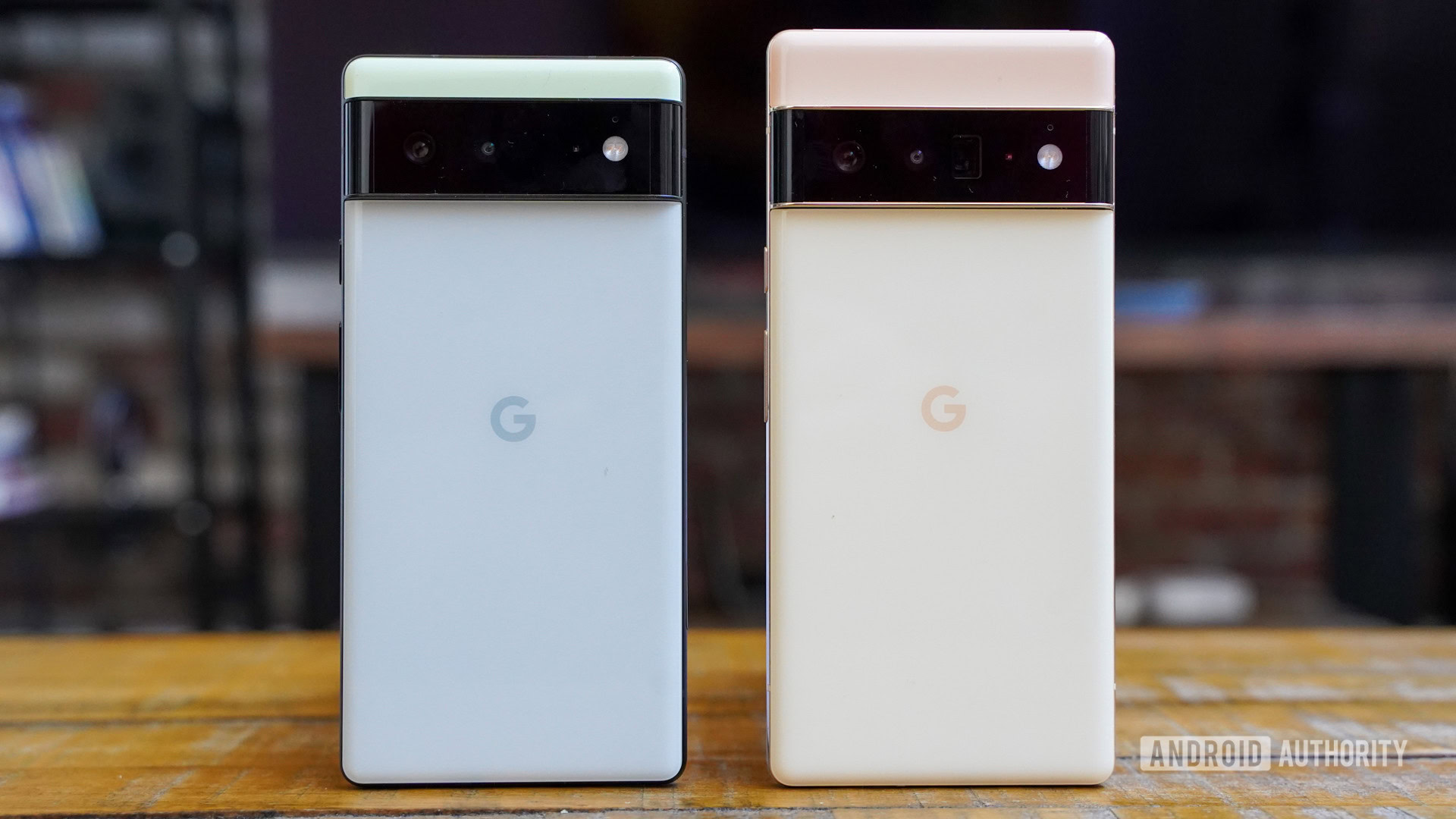
The upgrade conversation is usually more complicated. There’s often a mix of features that carry over, and recent releases hold up well enough to not justify an upgrade. That’s not the case with the Pixel 6 and Pixel 6 Pro.
The Pixel 6 and Pixel 6 Pro are massive upgrades over every other Pixel smartphone.
Google’s latest are a significant overhaul in almost every way. The Pixel 6 and Pixel 6 Pro are massive upgrades over every other Pixel smartphone, even those as recent as the Pixel 5a and Pixel 5. High-end performance, a completely new design, a new camera system, and a slew of flagship bells and whistles make these phones stand out from the rest of the lineup. This is the most “commercial” the Pixel has been, and that’s definitely planned.
It’s time that will make your upgrade decision more than features. If you have the Pixel 5a, Pixel 5, or the Pixel 4a 5G, it’s probably too soon for an upgrade. If you have an older phone, it’s worth making the jump to Google’s 2021 flagships.

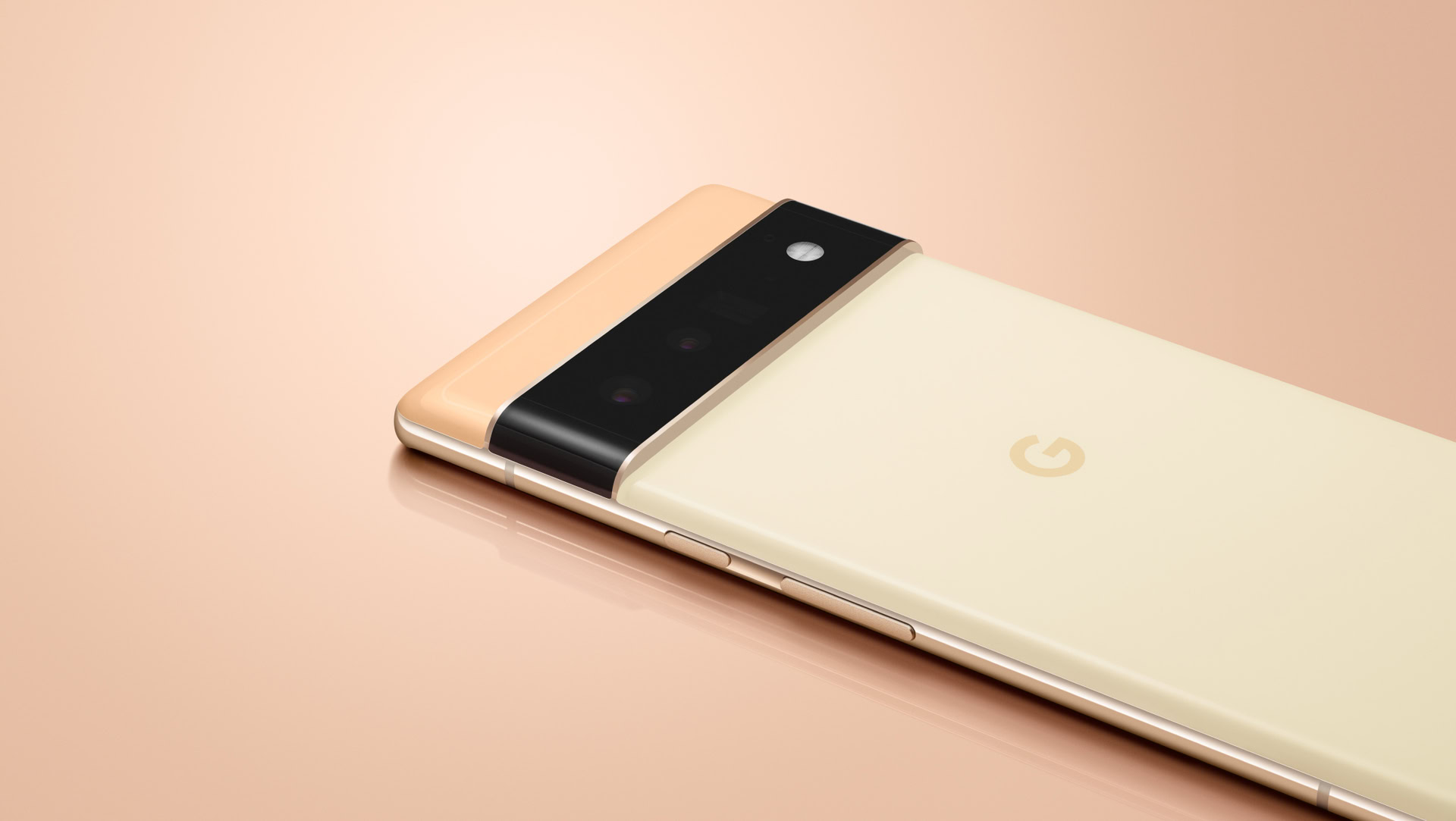
Will you be upgrading from an older Google smartphone to the Pixel 6? Let us know in the comments!